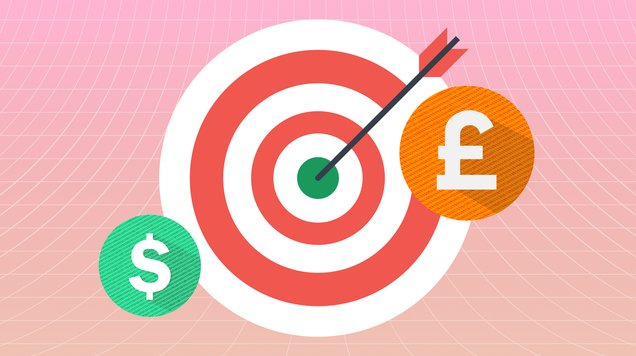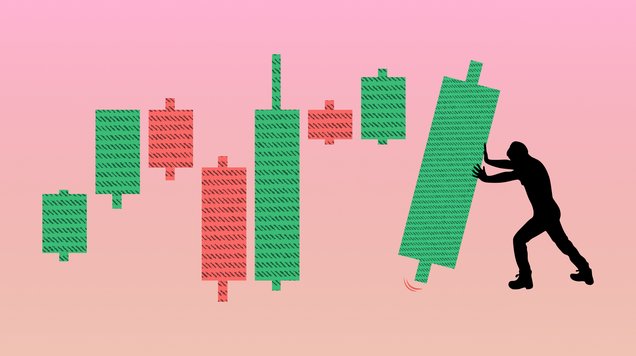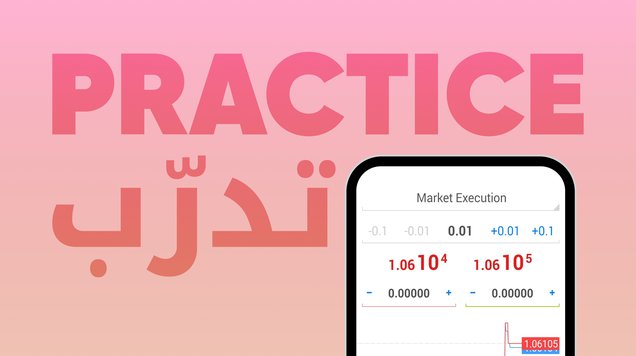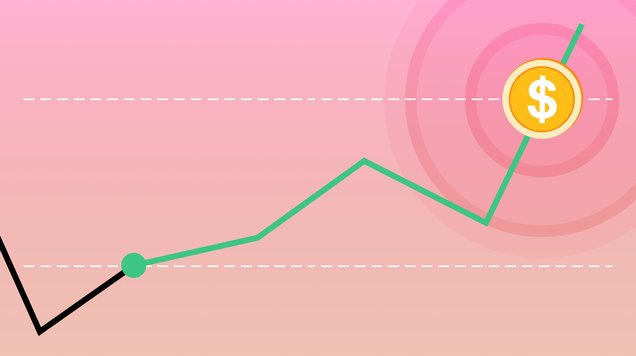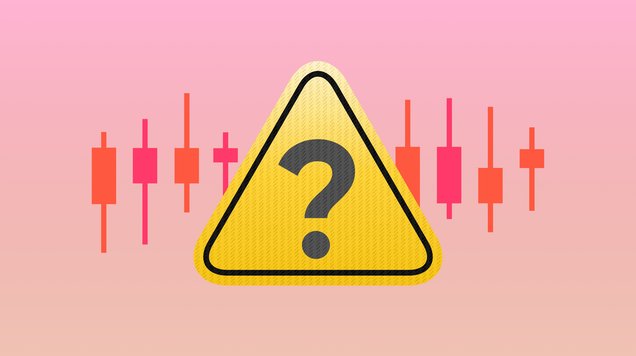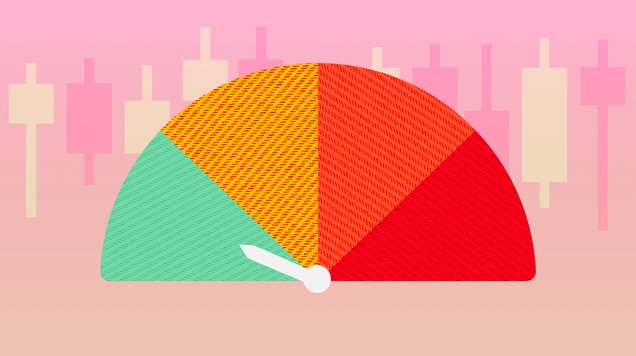Risk-reward ratio
Risk-reward ratios help traders to measure potential profits and losses. Read our guide and learn how to use it in your trades.
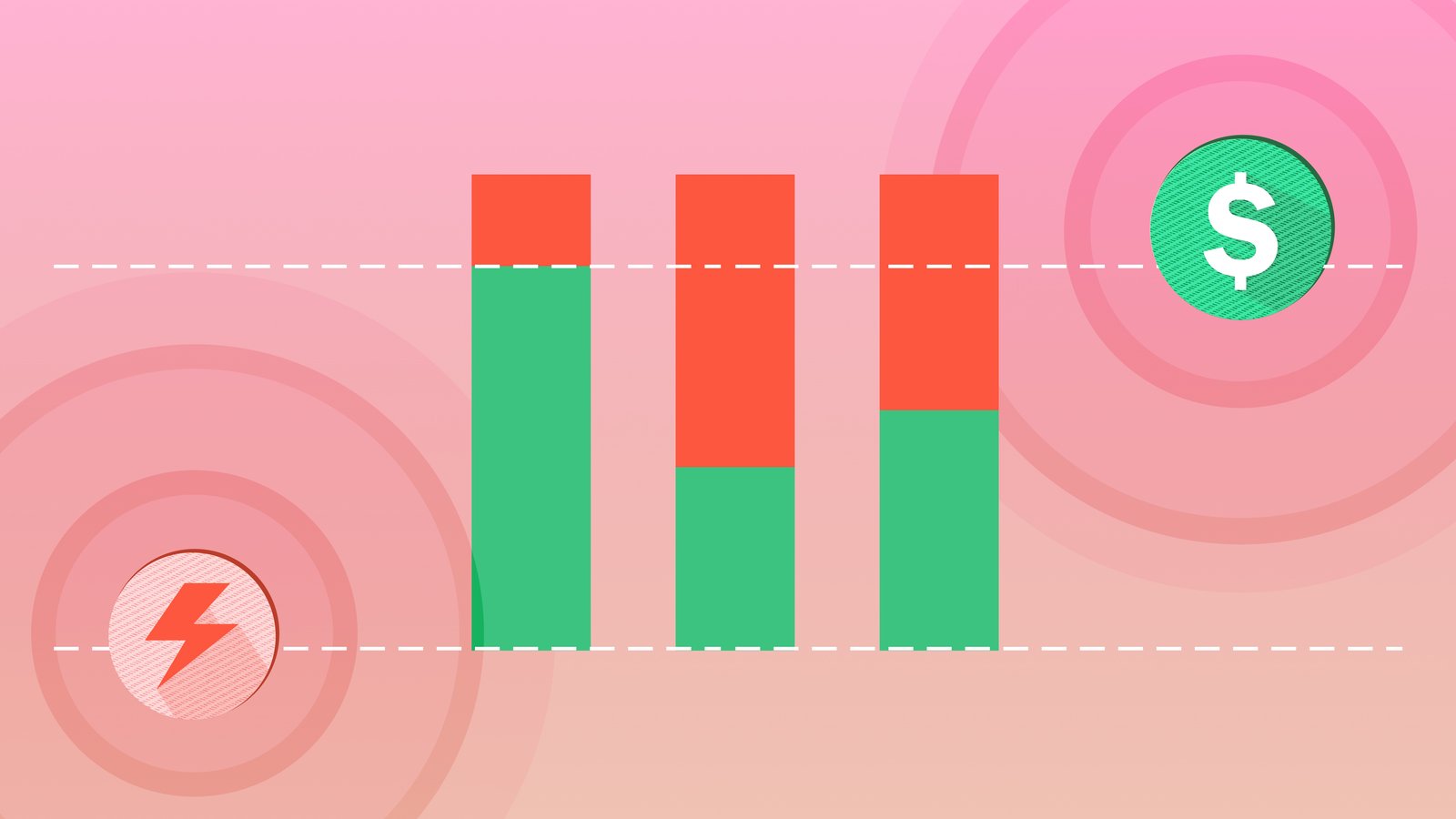
Risk-reward ratio in trading serves as a strategic tool, allowing traders to assess potential profits against potential losses before entering a trade
Traders use risk-reward ratios to evaluate trading opportunities, choose between potential trades and make strategic decisions
A well-calibrated risk-reward ratio can be a game-changer in achieving profitability and sustaining a successful trading journey
Changing market conditions and additional fees can represent challenges for traders using risk-reward ratio
Introduction to risk-reward ratio
In online trading, the risk-reward ratio is a measure used by traders to assess the potential profit versus the potential loss of a trade. It's expressed as a ratio and is typically calculated before entering a trade. Essentially, it addresses a pivotal question: What's the anticipated gain if I risk a particular amount of capital, measuring the potential reward against the inherent risk?
Risk-reward ratio is calculated by dividing the potential reward with the potential loss, which is then expressed as a ratio. For example, if a trader sees a potential trade in the markets where they could risk $100 and potentially make $300, the risk-reward ratio will be $300/$100 = 3, and is expressed as 1:3. This means that for every dollar risked, the trader expects to make $3 if the trade goes as planned.
The risk-reward ratio can also be calculated using pips. Pips are the smallest price changes in the forex market, used to measure changes in currency pairs. For example, if a trader has a potential 40 pip difference between their entry price and stop loss, and a 120 pip difference between their potential entry price and take profit, the risk-reward ratio is 120/40 = 3 and is expressed as 1:3.
The risk-reward ratio should not be confused with expectation. Expectation is a metric used to gauge the profitability of a trading strategy based on previous or backtested trades. It measures the magnitude of previous or backtested wins against losses, to show the probability of winning versus losing if the same strategy is used again in future.
Why do traders use risk-reward ratios?
When crafting a trading strategy, traders evaluate the opportunity against the risk involved. Like a laptop seller who wouldn't bother importing a $1,000 laptop to sell for a mere $2 profit, traders must ascertain the minimum risk-reward ratio that justifies their commitment to a trade and consider any additional trading costs involved.
For example, if a trader sets a minimum acceptable risk-to-reward ratio of 1:3, it means that any potential opportunity that offers a potential reward of less than $3 for every dollar at risk may not be worth the trader's effort - unless multiple small gains are part of their trading strategy.
Traders also use risk-reward ratios to compare and filter potential market opportunities. If a trader analyses a set of financial assets and identifies several possible trade setups, they can go even further and compare setups based on their risk-reward ratio. The trade with the highest risk-benefit ratio is likely to be chosen.
For example, an analysis indicating that the dollar may strengthen could likely present a trading opportunity of EURUSD 1:3, GBPUSD 1:3.5, and USDJPY 1:2.9. In this scenario, if the trader has a minimum risk-reward ratio of 1:3, the potential USDJPY trade will be rejected. By comparing the other two, the trader can decide to develop a mix of trades or simply choose the one with the highest possible reward per dollar.
Risk-reward ratios are also used for risk management. Determining a suitable risk-reward ratio for your trading strategy can be a key determiner of your profitability and break-even win ratio. Traders with higher risk-reward ratios often require a smaller win rate to break even.
For example, a trader with a 1:1 risk-reward ratio will need a win rate of 50% to break even. In simple terms, if a trader has $1000, and takes 20 unique $30 trades that have a 1:1 risk-reward ratio, they will have to win 10 (50% of the trades) for them to be at breakeven ($1,000). If they had a 1:3 risk-reward ratio, they would only need to win 5 out of 20 trades to be at breakeven. They would make ($90 x 5) – ($30 x 15) = 0.
Therefore, a good risk-reward ratio can enable a trader to be profitable, even if they lose more than 50% of their trades.
However, traders should take caution in setting risk-reward ratios since they can become irrational and inconsistent with market movements. For example, in choppy and consolidating markets, it’s difficult to find trades that present higher risk-reward potential such as 1:10.
How to set a minimum risk-reward ratio
Risk-reward ratios can vary based on each trader’s goals. A trader looking to take more risk for fast growth may be comfortable taking trades with lower risk-reward potential such as 1:1 trade. On the other hand, a more conservative trader (who looks for moderate growth) may limit themselves to trades that present higher potential, such as trades with a ratio of around 1:5.
Traders often use backtest results to see how their trading strategy could have performed on different risk-reward profiles and select a minimum risk-reward ratio based on these results.
Traders should also use their own experience to decide what works for them. For example, a patient trader (who prefers holding trades for longer) may prefer higher risk-reward trades compared to an opportunistic trader who prefers trading during periods of high volatility.
Due to dynamic market conditions and varying volatility in different asset classes, some traders chose to adopt a dynamic minimum risk-reward ratio. In this case, when markets are volatile or when trading highly volatile assets, traders may choose to trade opportunities with a higher risk-reward ratio, and choose lower risk-reward ratios for calm markets or steadier asset classes.
Complexities of using risk-reward ratios
There’s no one-rule-fits-all when determining risk-reward ratios. When managing trades, risk-reward ratios can get complicated, especially for traders that use trailing stops, hedge their trades, or use multiple dynamic take profit levels.
For equities and futures traders, risk-reward ratios can also get a little complicated when accounting for dividends, rollover fees, swaps, and commissions.
A high risk-reward ratio alone doesn’t guarantee a good trade. In addition, it doesn’t represent the actual amount of risk that a trader is taking. This means that traders should do further analysis to establish the actual risk they are taking and the viability of a trade setup.
Once a trade has been executed, its possible the initial risk-reward potential may change as market conditions evolve and prices move. For example, if a stock price moves higher, its reward potential may decrease, and its risk outlay may increase.
It’s also important to note that some trading platforms, apps, and websites offer risk-reward ratio calculators that help traders evaluate potential trade setups easily. If you want to test different risk-reward ratios without risking your capital, open a risk-free demo account to place trades with virtual funds and try different approaches.

